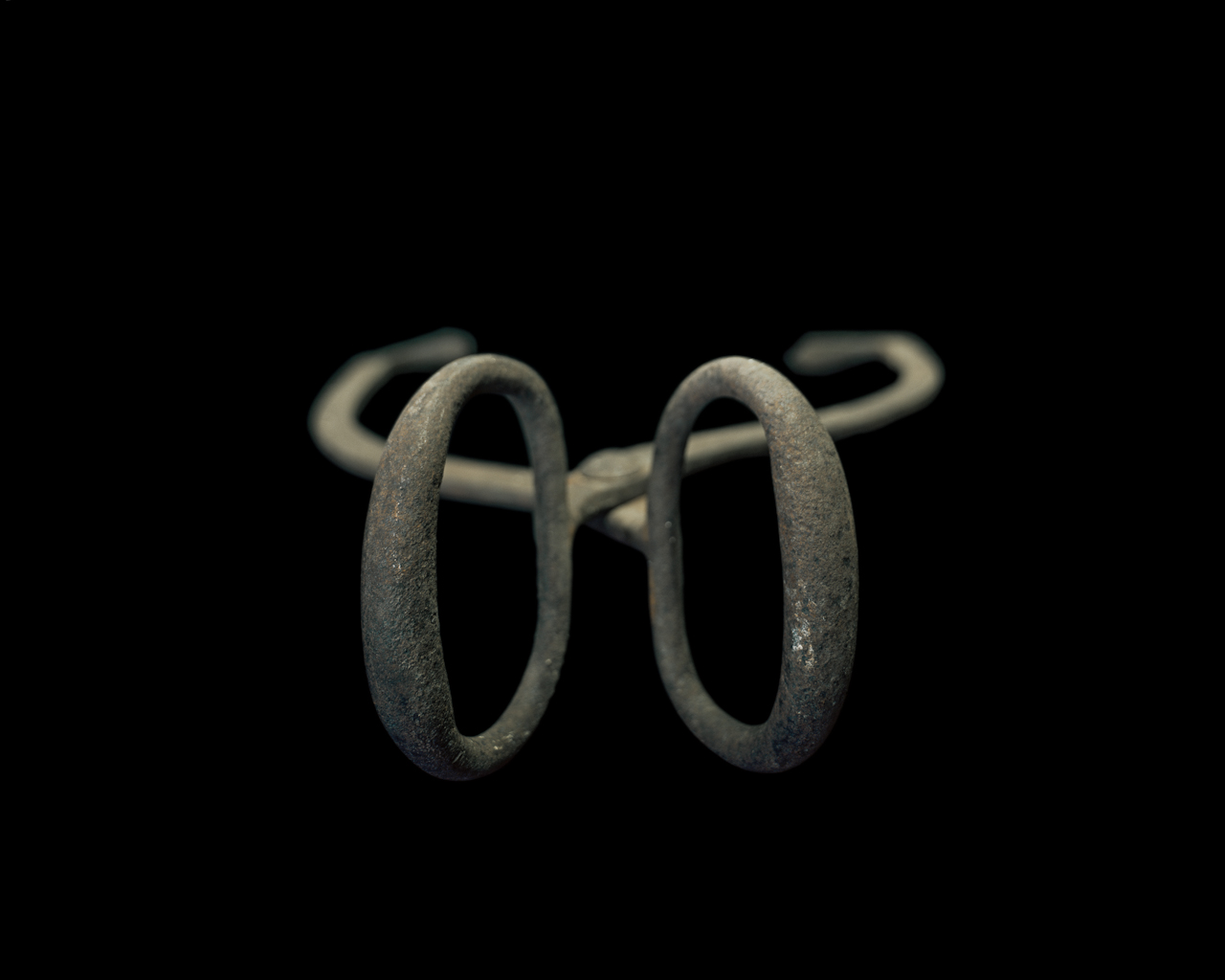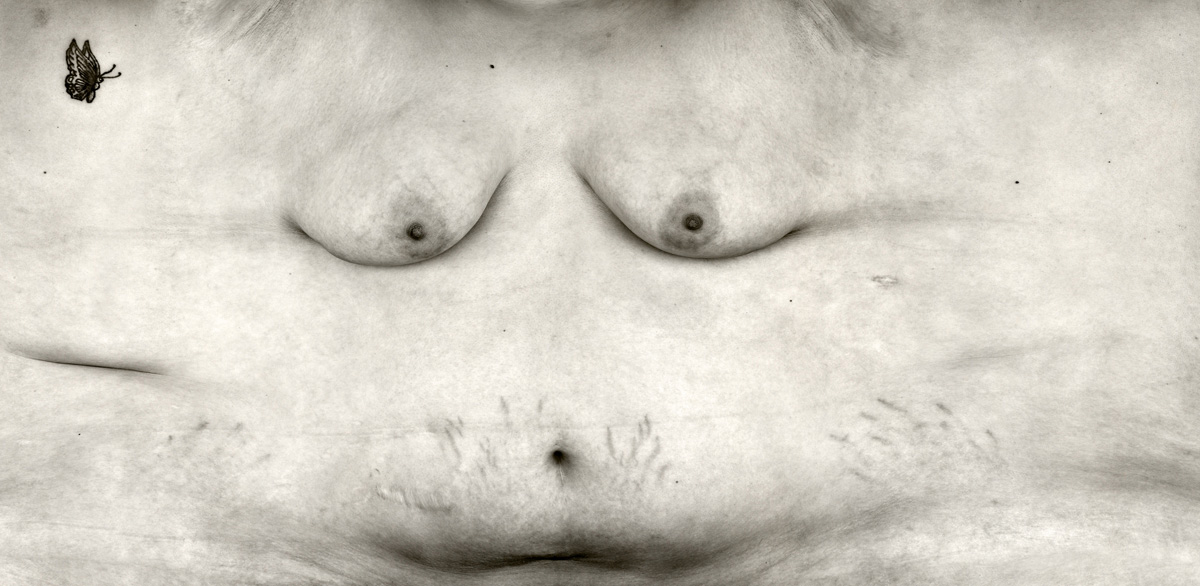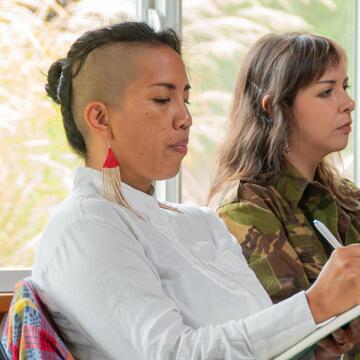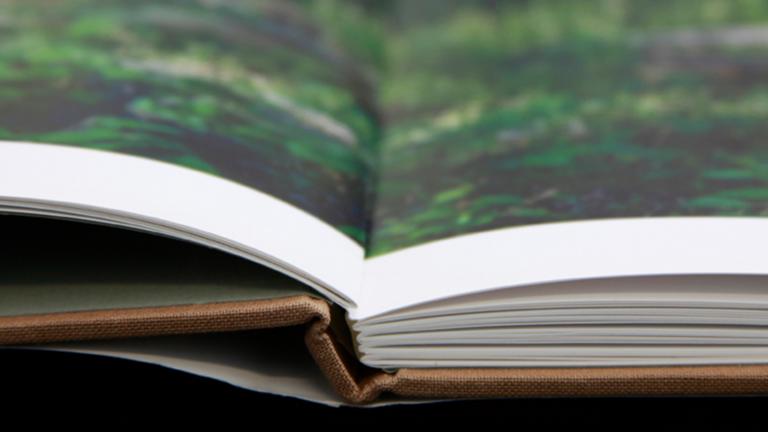CHROMA is an exhibition and publications project of The Arts at CIIS that fosters pluralism within the field of photography and lens-based media by supporting the work of emerging and mid-career artists of African, Latino, Native American, Middle Eastern, North African, Asian, and Pacific Island heritage. We believe that culture is global, regional, and interpersonal; that we are all participants with a collective stake in the technological, creative, and communal forces that shape it.
Find us at our website: https://www.chromapublications.com/
American Places

Mount Rushmore. Gettysburg. Manzanar. Plymouth Rock. In Oscar Palacio’s American Places these sites, so closely linked to the collective and complex legacy we inherit as Americans, are paired with monumental images of what seems familiar and relatively invisible. Originally from Colombia, Palacio brings an outsider’s perspective to his keenly observed America, and we discover a landscape both expansive and contained, delimited and unbounded.
Manifest

“In Manifest, Wendel White makes historical objects intimate and singular. These objects—an oxidized spoon, an open diary, a slave bill of sale, and perhaps above all, a lock of Frederick Douglass’s hair—are all embodied, had once touched flesh, been manipulated by human hands, had lived in the world before they were packed up into the archive.”
—Leigh Raiford
The images in Manifest, intimate yet monumental, reflect this country’s overlapping histories of slavery, abolitionism, and segregation and the struggle for freedom and equality.
Skin

June Yong Lee creates photographic images intimately and arrestingly corporeal. Hair (present or absent); stretch marks; scars, sometimes quiet or recognizably medical, at other times scrawled across the chest; piercings; tattoos, textual or symbolic, discreet or sprawling like the A of anarchy on a young female body; these are traces of histories to which we aren’t privy, at which we can only guess, inserting our own experiences and queries to interpret the markings.


